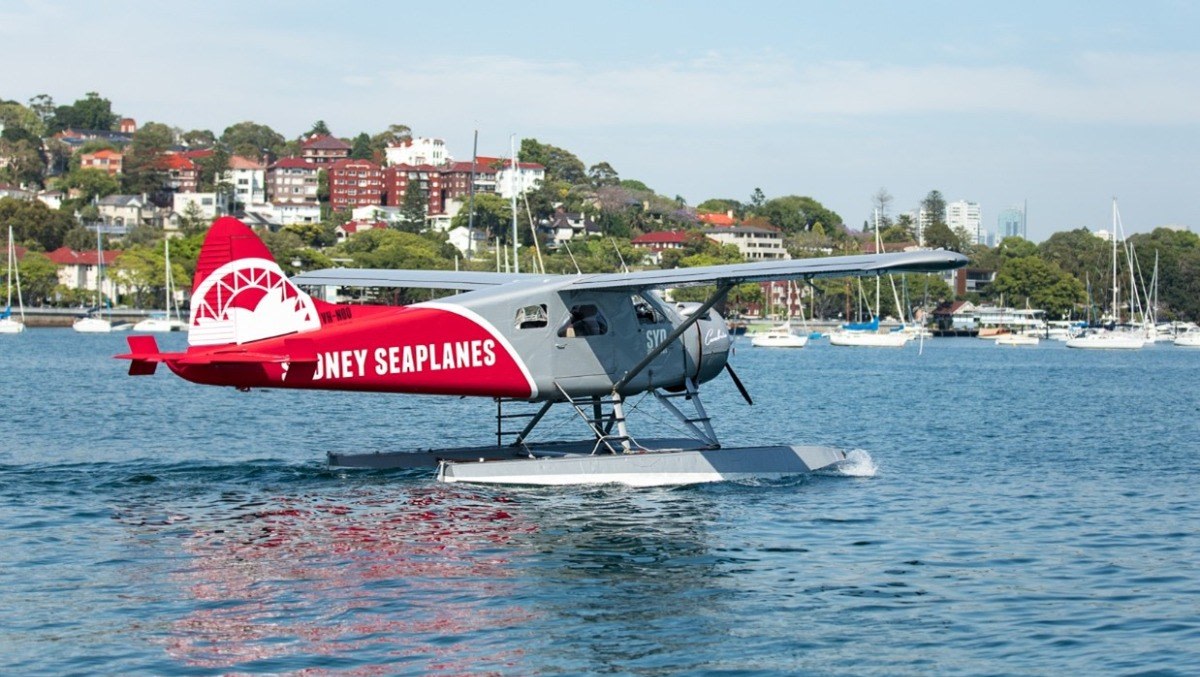
A delay in performing a carbon monoxide test on the deceased pilot involved in a seaplane crash added to the distress of the victims’ relatives, a coroner has said.
The aircraft nosedived into Jerusalem Bay, NSW, in 2017, killing six people, and a later ATSB report revealed the elevated carboxyhaemoglobin levels would have “almost certainly” led the pilot to feel disorientated.
On Friday, Deputy State Coroner Derek Lee reiterated the ATSB’s findings but revealed that carbon monoxide detection was not undertaken as part of the usual toxicological tests in a post mortem.
While the absence of the tests was highlighted in reports to both the police and ATSB, both agencies mistakenly assumed it had been done.
Magistrate Lee said that while it was “not unreasonable” an assumption, it was “regrettable” no action was taken in 2018 – with arrangements for the tests not coming until a year later.
The incident claimed the lives of pilot Gareth Morgan and five passengers: Richard Cousins, his two sons Edward and William, fiancé Emma and her daughter Heather.
A final ATSB report on the crash of the Beaver floatplane revealed how several pre-existing cracks in the aircraft engine’s exhaust collector ring released exhaust gas into the engine/accessory bay. This then likely entered the cabin through holes in the main firewall where three bolts were missing.
The pilot also undertook a 27-minute taxi to free the dock for another arriving and departing aircraft before the passengers were boarded – a move that likely exacerbated the pilot’s elevated carboxyhaemoglobin level.
“Shortly after take-off for the return flight from Cottage Bay to Sydney Harbour’s Rose Bay, the aircraft conducted a 270-degree right turn in Cowan Water and then entered Jerusalem Bay, below the height of the surrounding terrain,” said then-ATSB chief commissioner Greg Hood in January 2021.
“It stopped climbing, continued along the bay and then made a very steep right turn. The aircraft’s nose then dropped, and the aircraft collided with the water.”
From a detailed analysis of photos recovered from the camera of one of the passengers on board the aircraft, as well as witness accounts, the ATSB was able to establish the accident sequence of events and found that some of the circumstances of the flight were unexpected, given the nature of the flight and the pilot’s significant level of experience.
“The aircraft entered a known confined area, Jerusalem Bay, below the height of the surrounding terrain, when there was no operational need to enter the bay,” Hood added.
“Further, the aircraft did not continue to climb despite being in the climb configuration, and a steep turn was performed at low‑level and at a bank angle in excess of what was required.
“The aircraft likely aerodynamically stalled, with insufficient height to recover before colliding with the water.”















